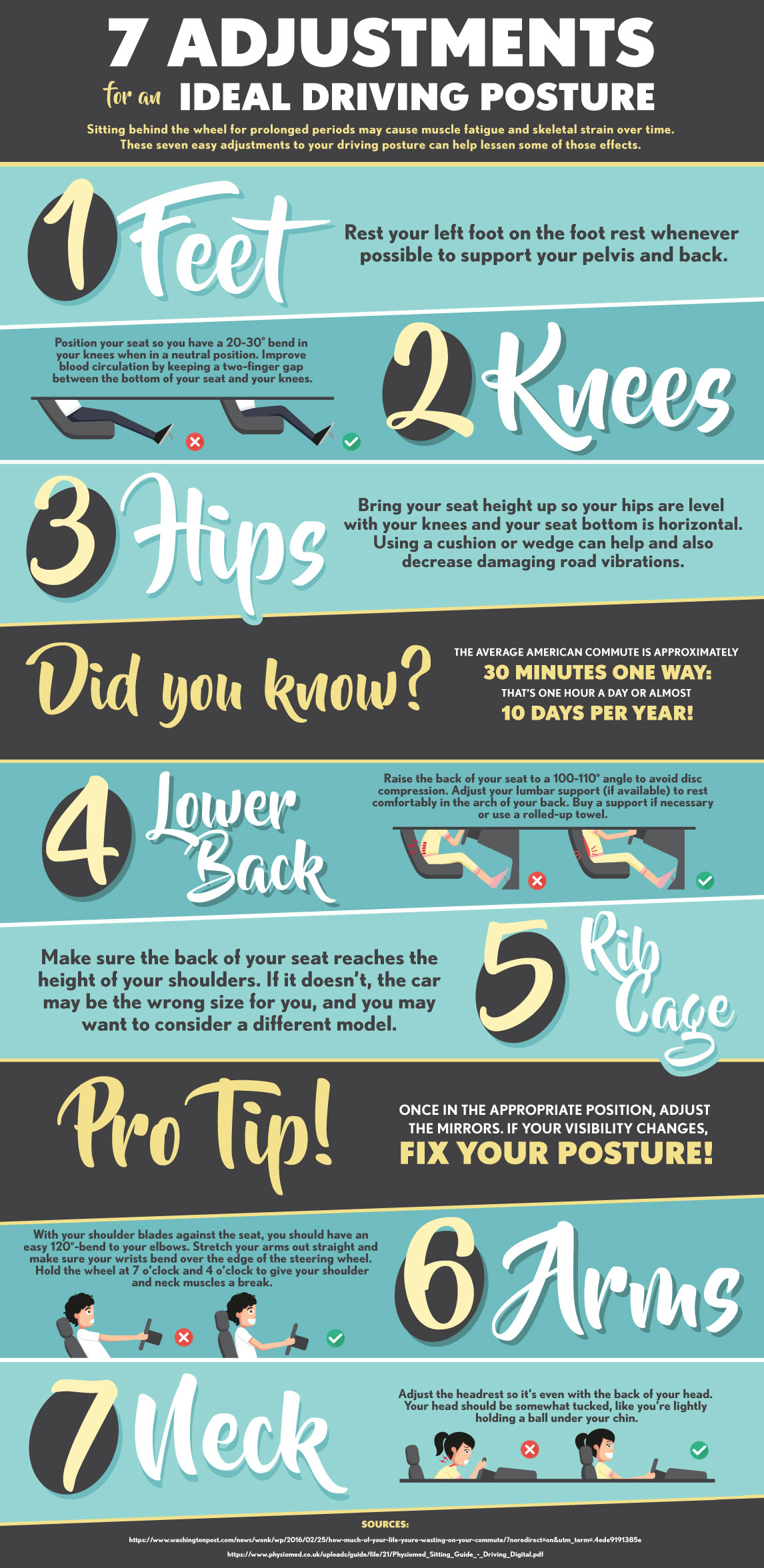The Role Of Pose In Back Pain: Tips For Achieving And Keeping Good Alignment Throughout Your Day
The Role Of Pose In Back Pain: Tips For Achieving And Keeping Good Alignment Throughout Your Day
Blog Article
Article Created By-Kragh Fraser
Keeping proper posture isn't almost sitting up straight; it's about aligning your body in a way that supports your spinal column and decreases the risk of pain in the back. The means you rest, stand, and move throughout the day can dramatically influence your spine health. But how precisely can mouse click the up coming post make certain excellent alignment consistently, even during active days loaded with various tasks? Let's dig deeper right into the subtle yet impactful modifications you can make to your day-to-day routine to maintain your back pleased and healthy.
Importance of Correct Stance
Proper position is critical in keeping a healthy back and stopping discomfort. When you sit or stand with good stance, your back is in placement, reducing strain on your muscles, ligaments, and joints. This positioning enables the body to disperse weight equally, preventing excessive anxiety on particular locations that can bring about discomfort and discomfort. By keeping your spine appropriately lined up, you can additionally enhance your breathing and digestion, as slouching can compress body organs and limit their capability.
Moreover, preserving good posture can improve your overall appearance and self-confidence. When you stand tall with your shoulders back and head held high, you show self-confidence and appear more friendly. Great stance can additionally make you feel a lot more stimulated and alert, as it promotes appropriate blood circulation and enables your muscular tissues to function efficiently.
Integrating proper stance into your everyday routine, whether resting at a workdesk, walking, or exercising, is crucial for stopping pain in the back and advertising overall well-being. Remember, a little change in just how you hold yourself can make a considerable distinction in how you really feel and work throughout the day.
Common Postural Mistakes
When it involves maintaining excellent position, several individuals unknowingly make common blunders that can add to pain in the back and discomfort. Among the most widespread errors is slouching or stooping over while resting or standing. This position puts excessive pressure on the back and can lead to muscular tissue inequalities and pain in the future.
One more common blunder is overarching the lower back, which can squash the natural contour of the spinal column and create discomfort. Additionally, going across legs while resting might really feel comfortable, yet it can develop a discrepancy in the hips and pelvis, bring about postural issues.
Making use of a cushion that's as well soft or too solid while resting can additionally impact your placement and contribute to pain in the back. Lastly, continuously craning your neck to look at displays or readjusting your position often can strain the neck and shoulders. Bearing in mind these common postural errors can help you keep much better alignment and minimize the danger of back pain.
Tips for Correcting Placement
To boost your positioning and minimize back pain, it's important to focus on making small changes throughout your day-to-day regimen. Begin by being mindful of your pose. When sitting, ensure your feet are level on the flooring, your back is straight, and your shoulders are relaxed. Avoid slouching or leaning to one side. Use ergonomic chairs or paddings to support your reduced back.
When standing, distribute your weight evenly on both feet, maintain your knees somewhat bent, and tuck in your pelvis. Involve your core muscles to sustain your back. Take breaks to extend and walk around if you have an inactive job. Include workouts that enhance your core and back muscles, such as slabs or bridges.
While resting, make use of a cushion that sustains the all-natural curve of your neck to keep correct spinal placement. Stay clear of sleeping on your stomach, as it can strain your neck and back. By being functional medical doctor austin of these pointers and making small adjustments, you can slowly remedy your alignment and minimize back pain.
Final thought
Remember, preserving good posture is essential to preventing neck and back pain and advertising spinal health and wellness. By bearing in mind your placement, dispersing weight evenly, and engaging your core muscles, you can lower stress on your back and decrease the danger of pain and injury. Include ergonomic assistance, take regular breaks to stretch, and enhance your core and back muscular tissues to keep appropriate positioning throughout the day. Your back will thank you for it!
